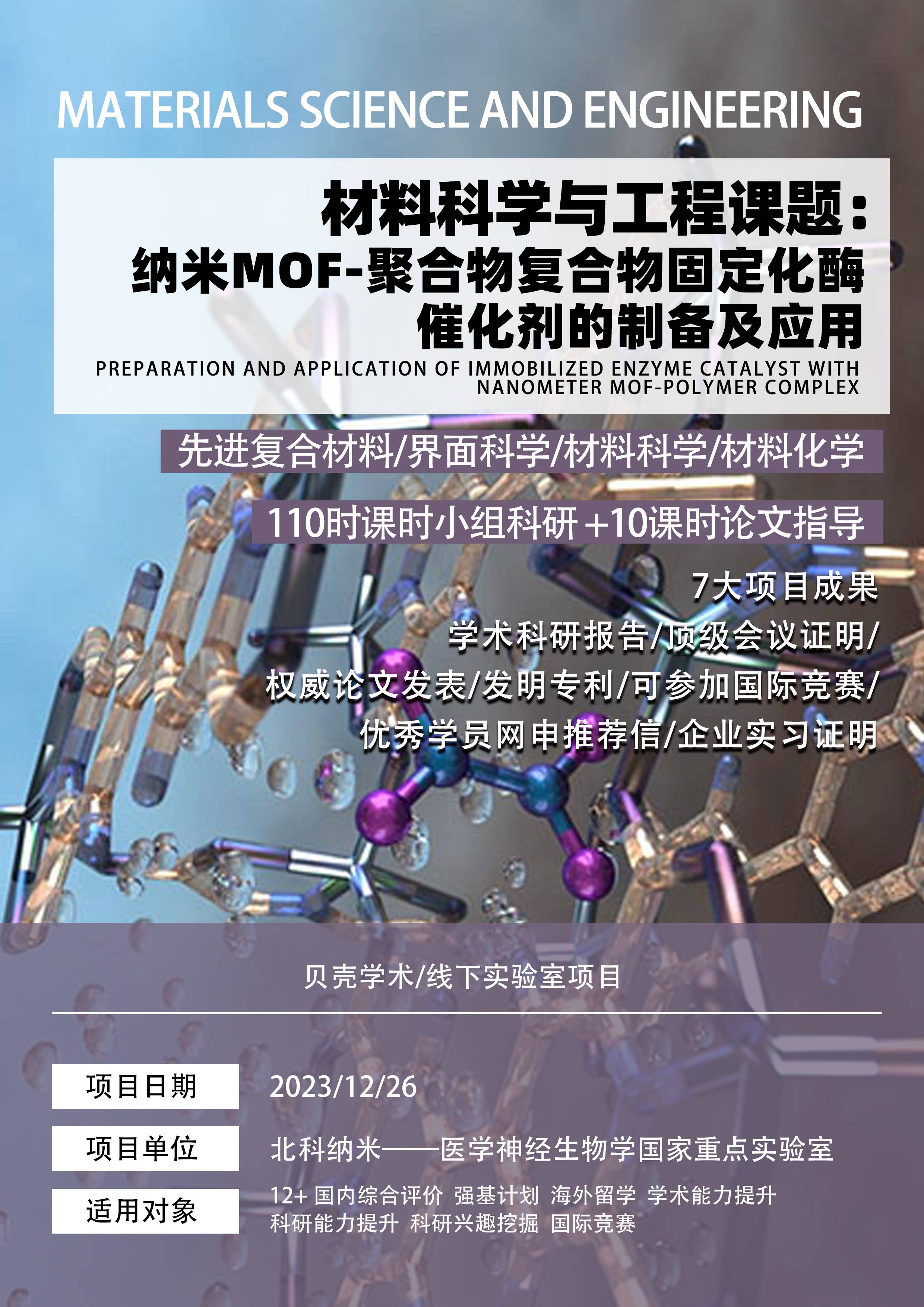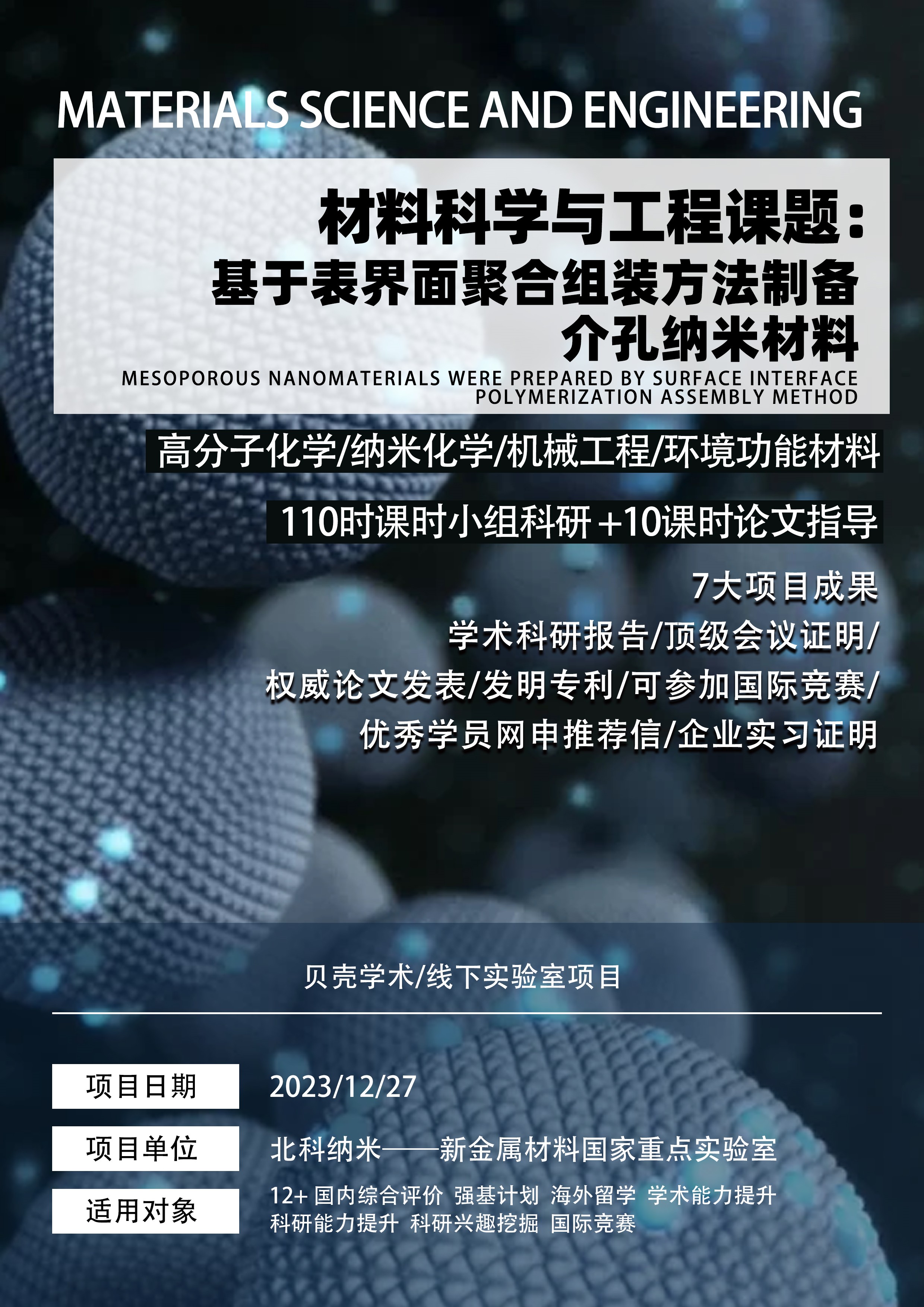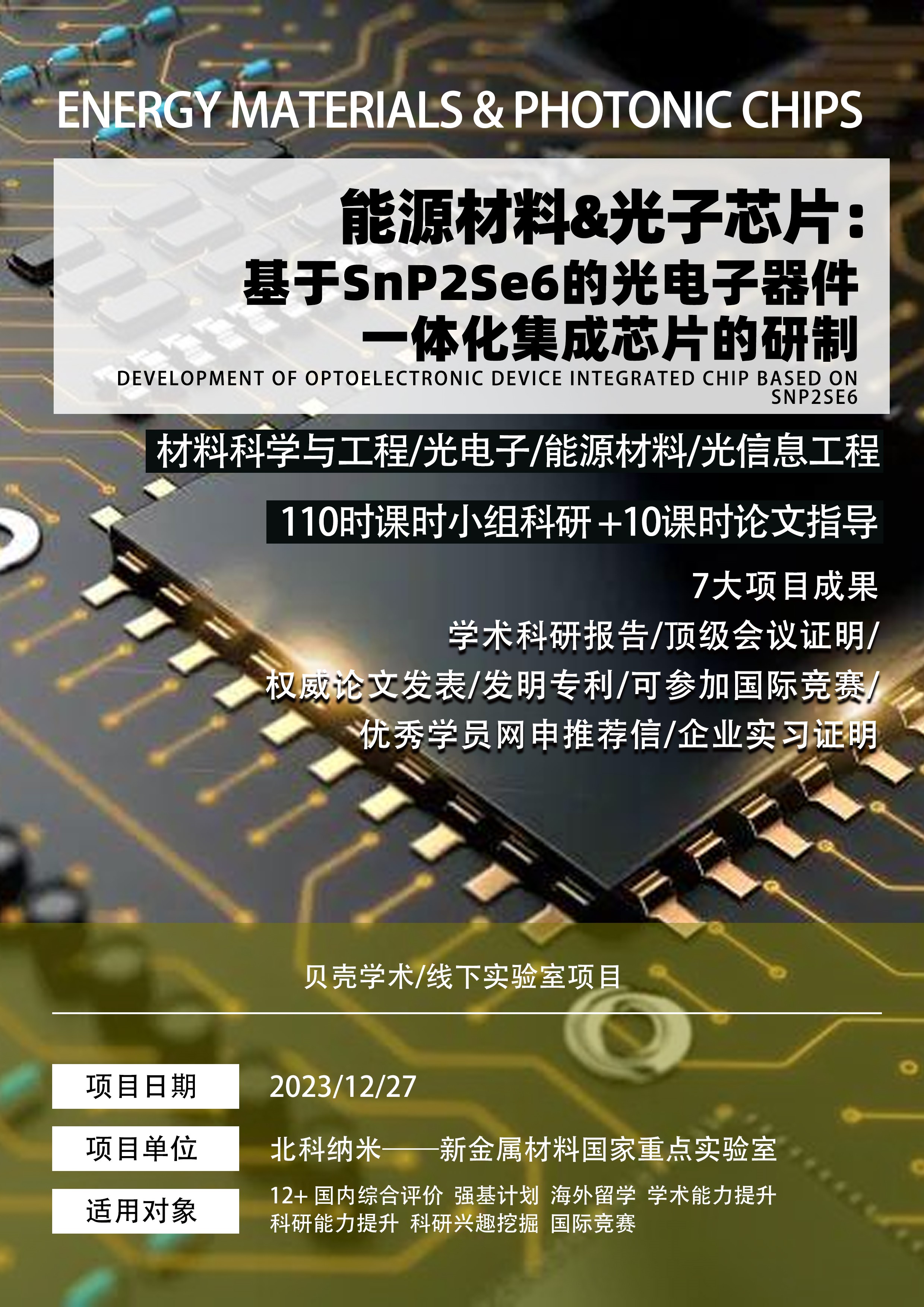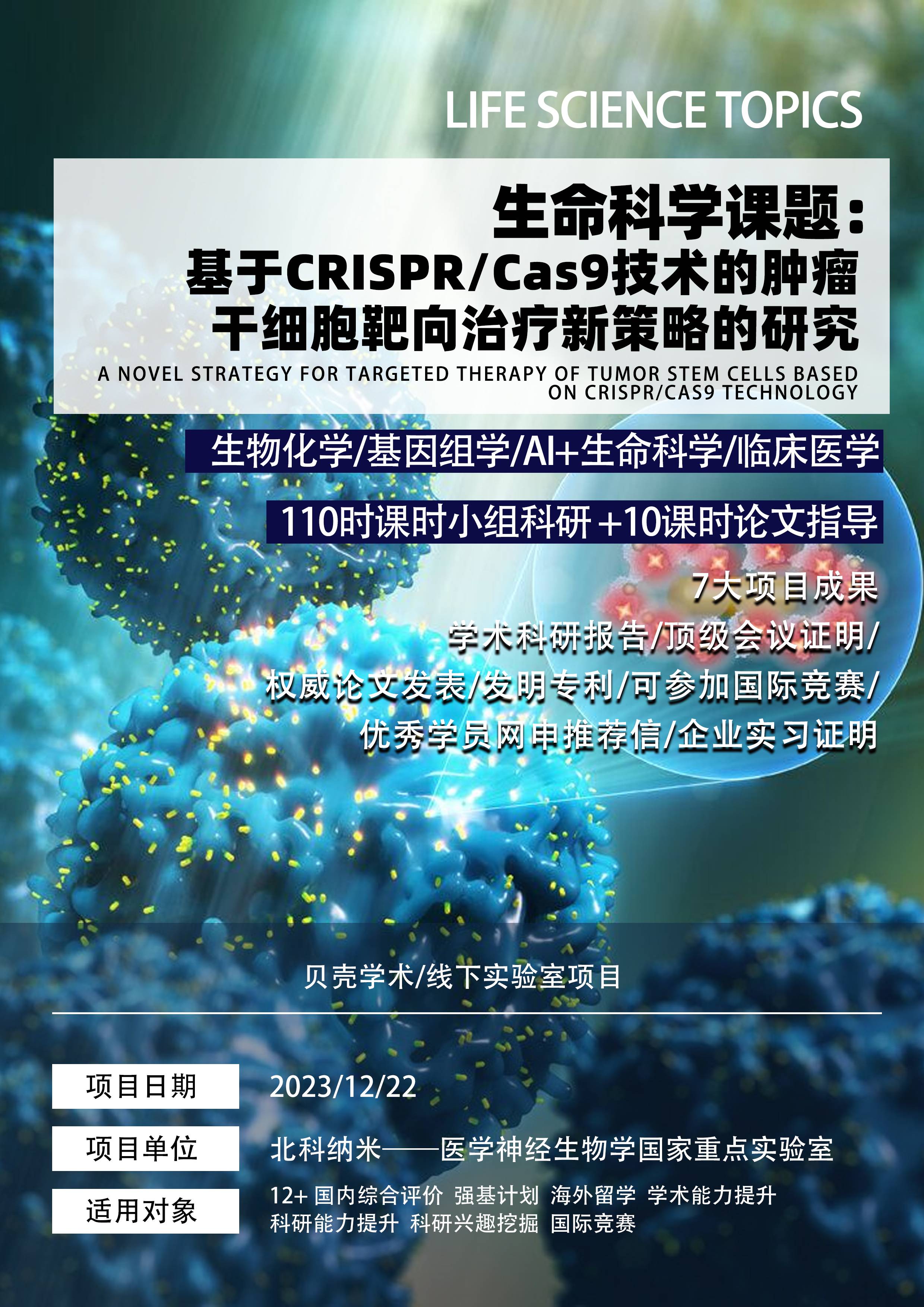

This project aims to use single-cell metabolomics technology to detect and quantify metabolites in tumor cells at the single-cell level, reveal the metabolic heterogeneity and plasticity of tumor cells under internal and external environment, analyze the correlation between tumor cell metabolites and gene expression, signaling pathway, epigenetics and other levels of information, and explore the metabolic regulatory mechanisms and metabolic targets of tumor cells. To provide a new strategy and means for tumor diagnosis and treatment.

The purpose of this project is to use the self-healing ability and flexibility of self-healing polymer materials to develop flexible wearable sensors with high sensitivity, high stability and high reliability, which can be applied to the monitoring and intelligent interaction of human physiological signals, and to study its sensing mechanism and function optimization strategy.

The aim of this project is to analyze gene expression regulatory networks in the early stages of human embryo development (from fertilized egg to blastocyst stage) and explore the interactions between different cell types and the functions of transcription factors using single-cell sequencing technology.

The purpose of this study is to design and prepare new polymer nanocomposites as drug carriers to achieve controlled release of drugs, study their drug release behavior and biocompatibility in vivo and in vitro, and provide a new drug delivery system for the biomedical field.

With the rapid development of deep learning and neural networks in the field of computer vision, various convolutional neural network models have shown excellent performance in image classification tasks, and have become the standard tools for image classification. However, different data sets and application scenarios put forward different requirements for the model. For a given data set and classification task, designing, training and optimizing convolutional neural network models can improve the classification accuracy, which is a current research focus. Better classification results can be obtained by adjusting network structure, loss function and optimization algorithm.

To explore the molecular mechanisms and signaling pathways of the interaction between microbiome and immune system, and to provide theoretical basis and molecular targets for microbiome regulation of immune-related diseases. To develop novel microbiome intervention techniques and formulations to provide new methods and means for the treatment of immune-related diseases. To evaluate the efficacy and safety of microbiome intervention in the treatment of immune-related diseases, and to provide scientific basis and optimization plan for the clinical application of microbiome intervention.

This paper intends to use perovskite solar cells to power wearable biosensors, and learn the working principle of perovskite solar cells

In this paper, the composite modification of perovskite nanocrystals with Zr-MOF and amphiphilic polymer is used to prepare enzyme biomimetic cascade catalyst. To investigate the effect of amphiphilic polymer on Zr-MOF immobilized enzyme, optimize the composition and structure of the material, and evaluate its catalytic activity, stability and reuse performance.

In this paper, a series of mesoporous nanomaterials with controllable structure were synthesized by the surface interface polymerization assembly method and the reaction conditions were controlled. The effects of pore size distribution, specific surface area and pore wall structure on the reinforced properties of the materials were investigated.

This project intends to research and develop a new two-dimensional material SnP2Se6 to realize the electron-photon integration of photonic chips by using its unique properties. The material has excellent nonlinear optical properties and photoelectric properties, and can realize many functions such as modulation and detection of optical signals on the same chip.

This project intends to research and develop a new two-dimensional material SnP2Se6 to realize the electron-photon integration of photonic chips by using its unique properties. The material has excellent nonlinear optical properties and photoelectric properties, and can realize many functions such as modulation and detection of optical signals on the same chip.

Using deep learning algorithm, this paper attempts to design and implement a recognition system that can automatically recognize and scan handwritten Chinese characters. The system is expected to achieve a certain accuracy of Chinese character recognition.